Just one sip can flip your entire perspective on coffee.
That’s the kind of impact the Geisha variety delivers.
With its vibrant aroma and delicate complexity, it shatters every preconceived notion about what coffee can be.
Originally a rare variety from Ethiopia, Geisha found global fame after flourishing in Panama’s unique climate.
But its allure goes far beyond being labeled a “luxury bean.”
This article dives deep into the untold story and essence of Geisha coffee.
If you think you know specialty coffee, think again—this is your next revelation.
- The surprising truth behind the name “Geisha”
- How Panamanian Geisha stole the spotlight on the world stage
- The aromatic profile of jasmine, bergamot, and tropical fruits
- Why it’s so expensive and the sustainability challenges it faces
What Is Geisha Coffee?
When people hear the word “Geisha,” many immediately think of traditional Japanese culture.
However, that association couldn’t be more off the mark.
Geisha coffee, despite the name, is a highly prized coffee variety known for its unique and exceptional qualities.
This variety may look unassuming, but its fragrance and flavor profile are anything but.
With a delicate yet vivid character, it stands apart from any other coffee.
Let’s uncover the truth behind this enigmatic name and what makes Geisha truly special.
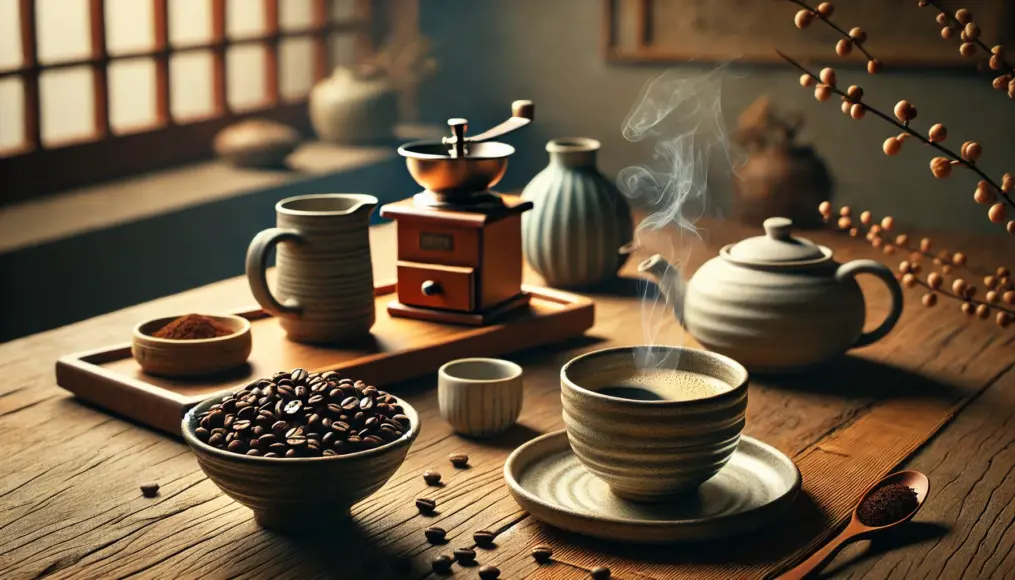
The Name and the Common Misconceptions
The term “Geisha” often misleads people into thinking of Japanese cultural figures.
In reality, the name comes from the Gesha region in southwestern Ethiopia.
So, it’s a geographic reference with no connection to Japan.
Because “Gesha” is often written as “Geisha” in English for phonetic clarity, the confusion is widespread—even among English speakers.
The spelling “Geisha” has simply become the globally accepted norm in the coffee industry.
- “Geisha” originates from the Gesha region in Ethiopia, not Japanese culture
- The spelling “Geisha” is used globally but often leads to misunderstanding
- The name may confuse, but the coffee’s flavor and story are entirely unique
Once you understand the true origin, you’ll experience Geisha coffee on a deeper level.
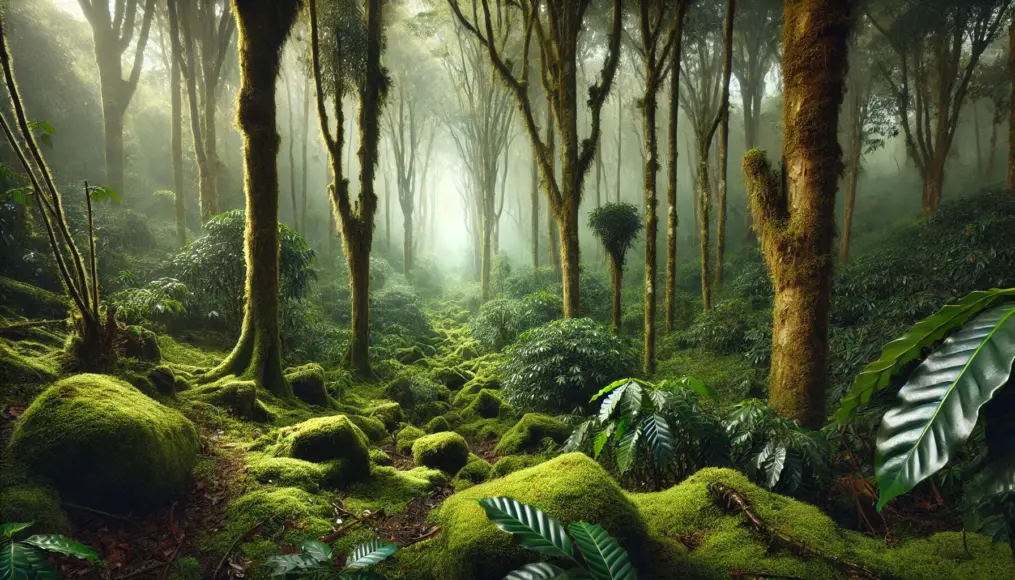
Ethiopian Origins and Genetic Uniqueness
Geisha coffee originates from deep within the “Gesha Forest,” located at over 1,800 meters above sea level in Ethiopia.
This area is renowned for harboring some of the oldest genetic strains of Arabica coffee.
The Geisha variety stands out with its long leaves and tall-growing trees.
While it is more vulnerable to diseases and pests, it responds deeply to the environment—making it incredibly expressive of terroir.
- Geisha was discovered in Ethiopia’s ancient Gesha Forest
- It possesses distinct genetic traits compared to other Arabica varieties
- Flavor varies dramatically with the environment, showcasing regional nuances
In short, Geisha changes dramatically depending on where it’s grown.
That’s exactly why farmers around the globe continue to take on the challenge of cultivating this rare gem.
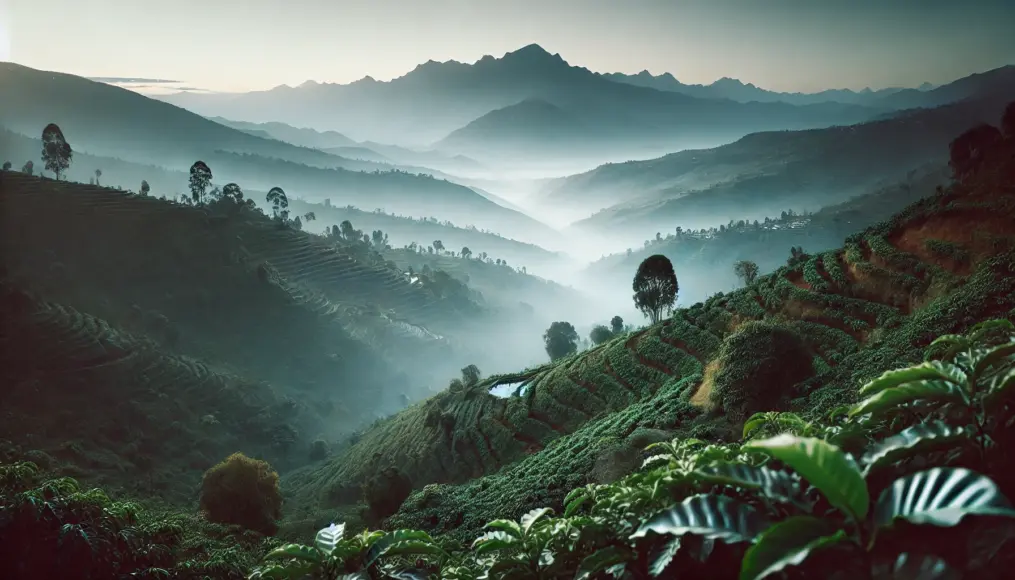
The Success of Panama’s Hacienda La Esmeralda That Stunned the World
Geisha coffee, once quietly cultivated in Ethiopia, found its way into the global spotlight thanks to a pivotal moment in Panama.
That moment happened at Hacienda La Esmeralda, a farm that would go on to change the landscape of specialty coffee forever.
In 2004, something occurred that redefined the very concept of what coffee could be.
Let’s unpack that groundbreaking event and explore how it unleashed the full potential of the Geisha variety.
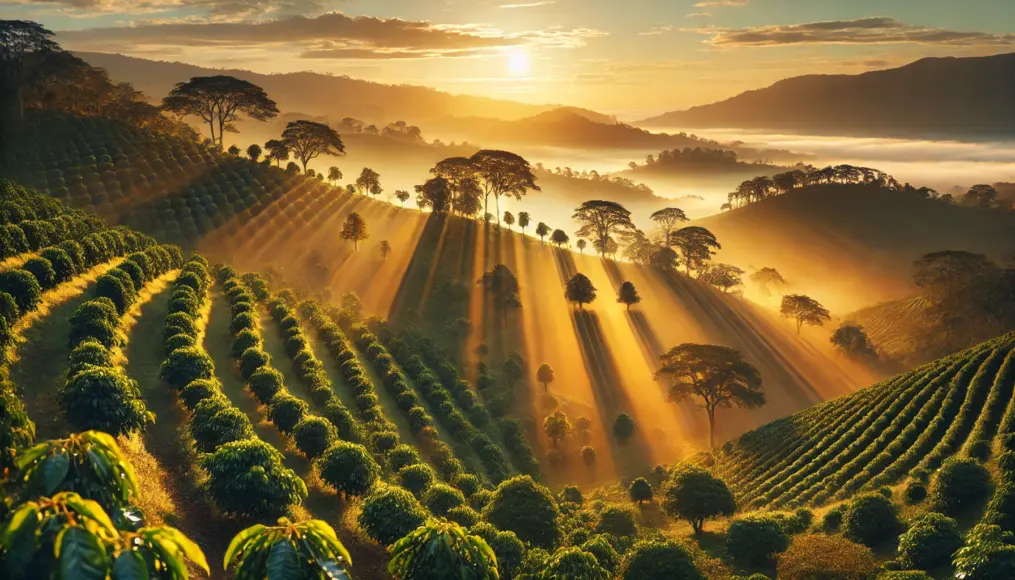
The Shocking Moment at the 2004 Best of Panama
In 2004, the prestigious Best of Panama competition hosted an unexpected revelation.
The Geisha variety submitted by Hacienda La Esmeralda received unprecedented scores and shattered previous price records.
Judges at the cupping event were stunned.
Many asked aloud, “Is this really coffee?”
The fragrance—evoking jasmine and bergamot—and the delicate, lingering finish made it clear this was unlike anything else on the table.
- In 2004, Geisha earned the highest-ever score at the Best of Panama competition
- Its price broke all previous records, igniting a frenzy among global buyers
- The flavor profile was said to be in a completely different league
From that moment on, the name “Geisha” spread across the globe.
Year after year, Hacienda La Esmeralda continued to win awards, marking the beginning of what many now call a legend.

How Panama’s Conditions Enhanced the Flavor
Why did a bean native to Ethiopia evolve so dramatically in Panama?
The answer lies in the country’s unique environment.
Hacienda La Esmeralda is located at elevations between 1,600 and 1,800 meters.
It sits atop volcanic soil, with dramatic day-night temperature swings.
On top of that, Panama’s climate features distinct wet and dry seasons, allowing cherries to ripen slowly and evenly.
These conditions are ideal for unlocking the full sensory potential of the Geisha variety.
- Panama offers high altitude, volcanic soil, and sharp temperature shifts
- The slow ripening process adds depth and complexity to the flavor
- A new terroir led to an entirely different flavor evolution from its Ethiopian origin
In other words, Panama’s environment awakened the hidden power of Geisha.
And that awakening set the stage for the global boom we see today.
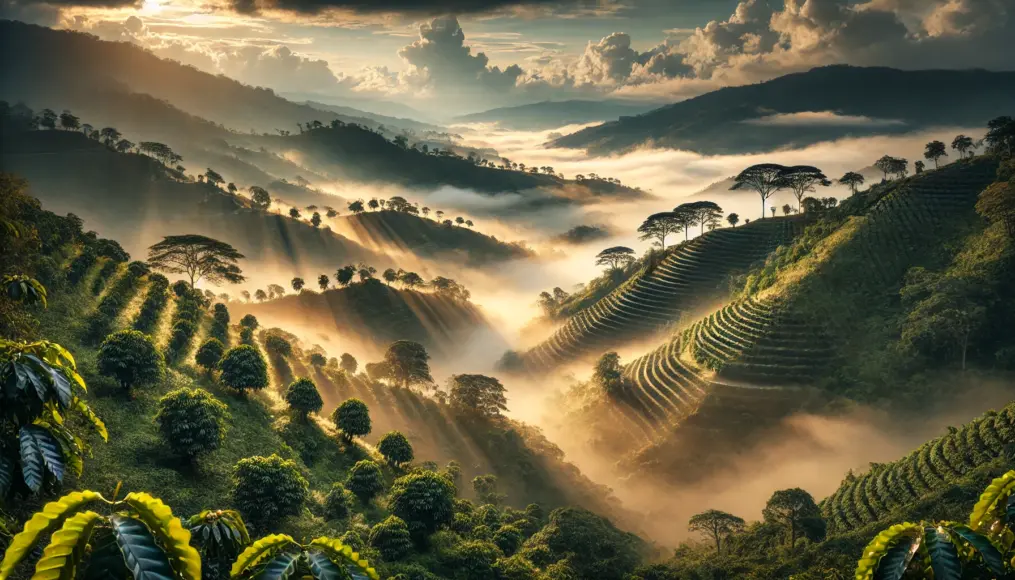
The Value and Future of Geisha Coffee
Around the world, Geisha coffee continues to captivate enthusiasts and buyers—not just for its remarkable flavor but also for its rarity, market dynamics, and the sustainability questions it raises.
It’s more than just a delicious cup; it’s a complex product whose worth extends far beyond taste.
In this section, we’ll explore why Geisha commands such high prices and what lies ahead for this prestigious variety.

Why It’s So Expensive and How It’s Traded
Geisha coffee can fetch hundreds of dollars per pound, and that’s no accident.
There are several key reasons behind its lofty price tag:
- It’s difficult to cultivate and highly sensitive to disease and climate change
- Its flavor and aroma are exceptional, with frequent wins in international competitions
- Quality is consistent but concentrated in specific farms like Hacienda La Esmeralda in Panama
- It’s often sold via auction, where global buyers drive the price up in bidding wars
The auction format itself leads to skyrocketing prices, especially for top-quality lots.
Add to that the rising demand in markets like Japan and South Korea—where flavor nuance is deeply appreciated—and prices are likely to climb even higher in the coming years.

The Future of Geisha and Its Sustainability
High-priced coffees often bring sustainability challenges, and Geisha is no exception.
As global demand grows, so do the complications tied to responsible production.
- Some farms push beyond ecological limits to chase high profits, stressing soil and ecosystems
- Small farms struggle to scale production without sacrificing quality
- There’s concern over reduced genetic diversity due to over-selective breeding
- Fair labor conditions and ethical trade practices remain hot topics in the supply chain
Still, many producers are already stepping up.
Shade-grown methods, organic fertilizers, and smart water management practices are becoming more common as farmers aim to balance quality with care for the environment.
As consumers, we’re being called to recognize Geisha’s value not just in price, but in the stories and practices behind each cup.
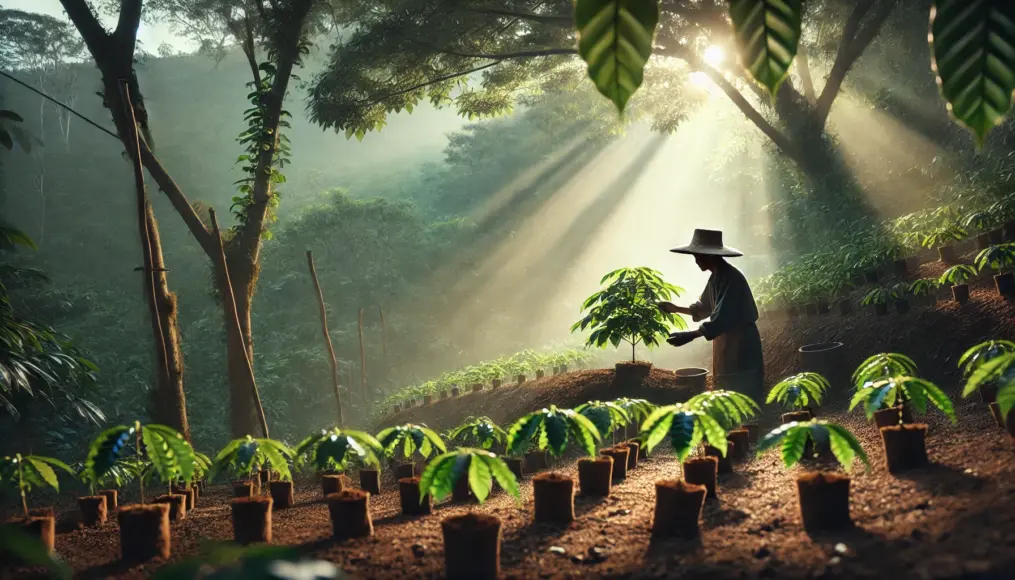
Conclusion: The Unique Brilliance in Every Cup of Geisha Coffee
Geisha coffee is far more than just rare and expensive.
Each cup holds a story of history, effort, and harmony between people and nature.
Through this article, we hope you’ve come to appreciate the true depth and beauty of this extraordinary variety.
- Understanding its true origin helps break common misconceptions
- The journey from Ethiopia to Panama highlights its rising global value
- Aromas like jasmine and bergamot create a rich sensory experience
- Its high price reflects rarity and consistent world-class quality
- Sustainability efforts are shaping a promising future for this prized coffee
Which aspect of Geisha coffee moved you the most?
Share your thoughts or experiences in the comments—we’d love to hear your story.























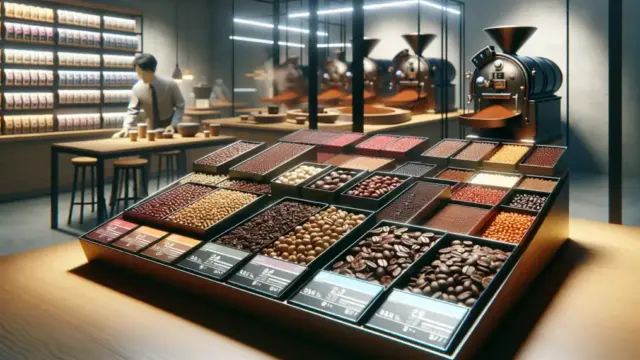






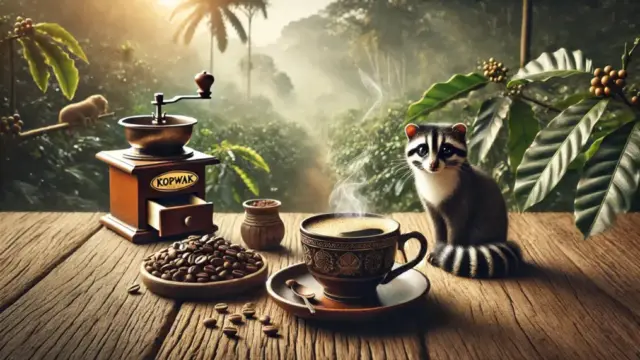


























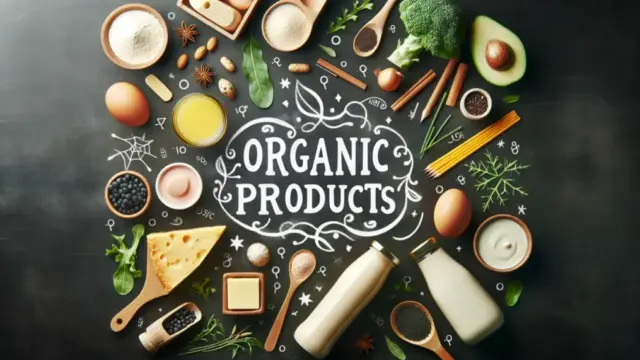
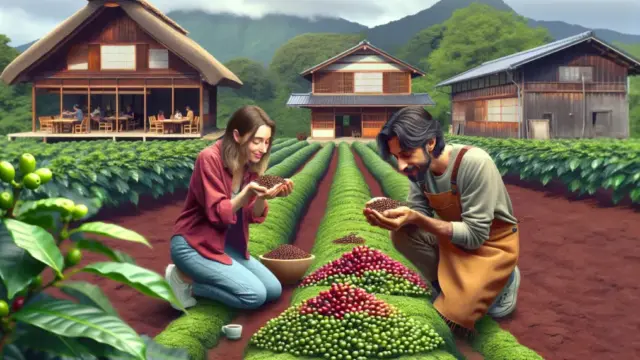
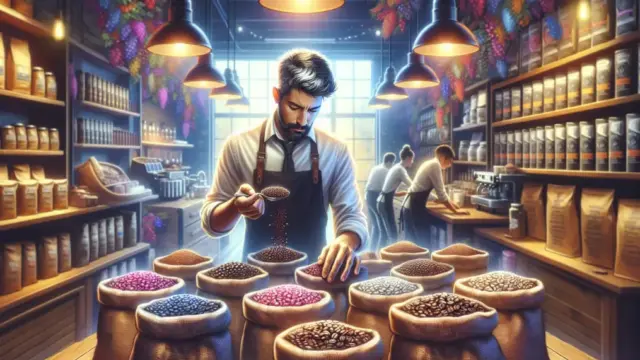
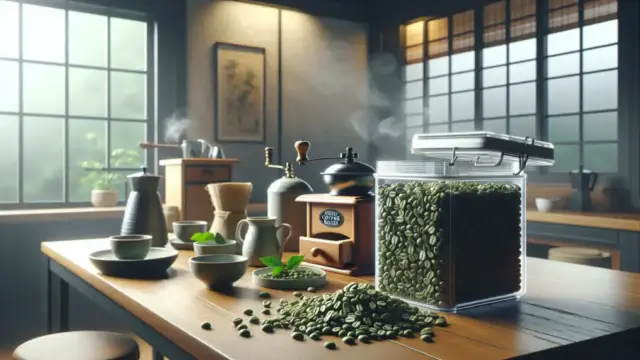

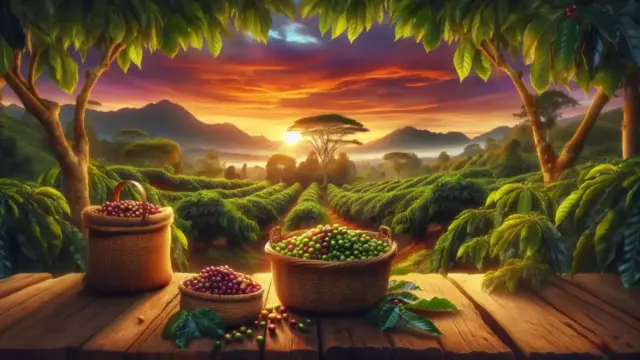










Comment